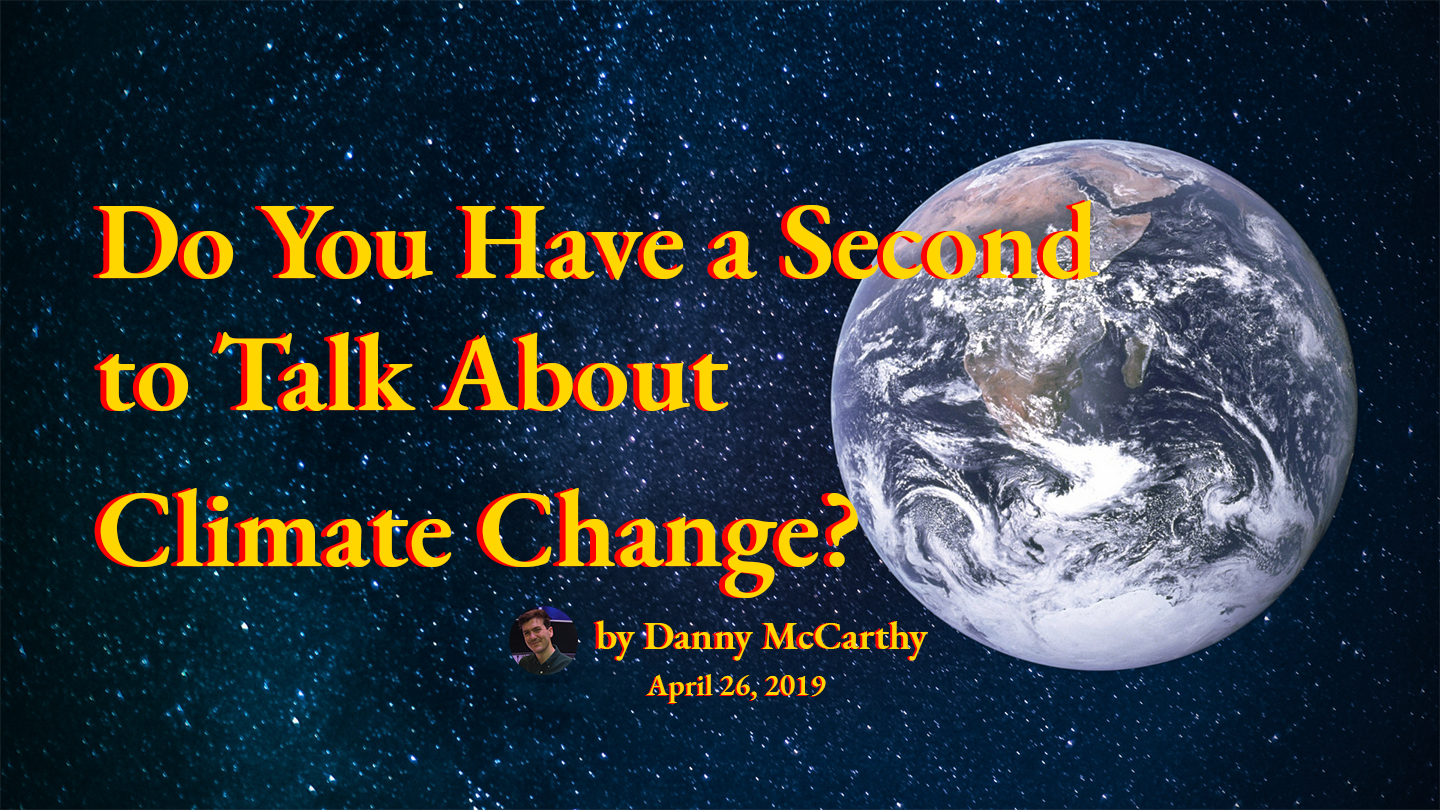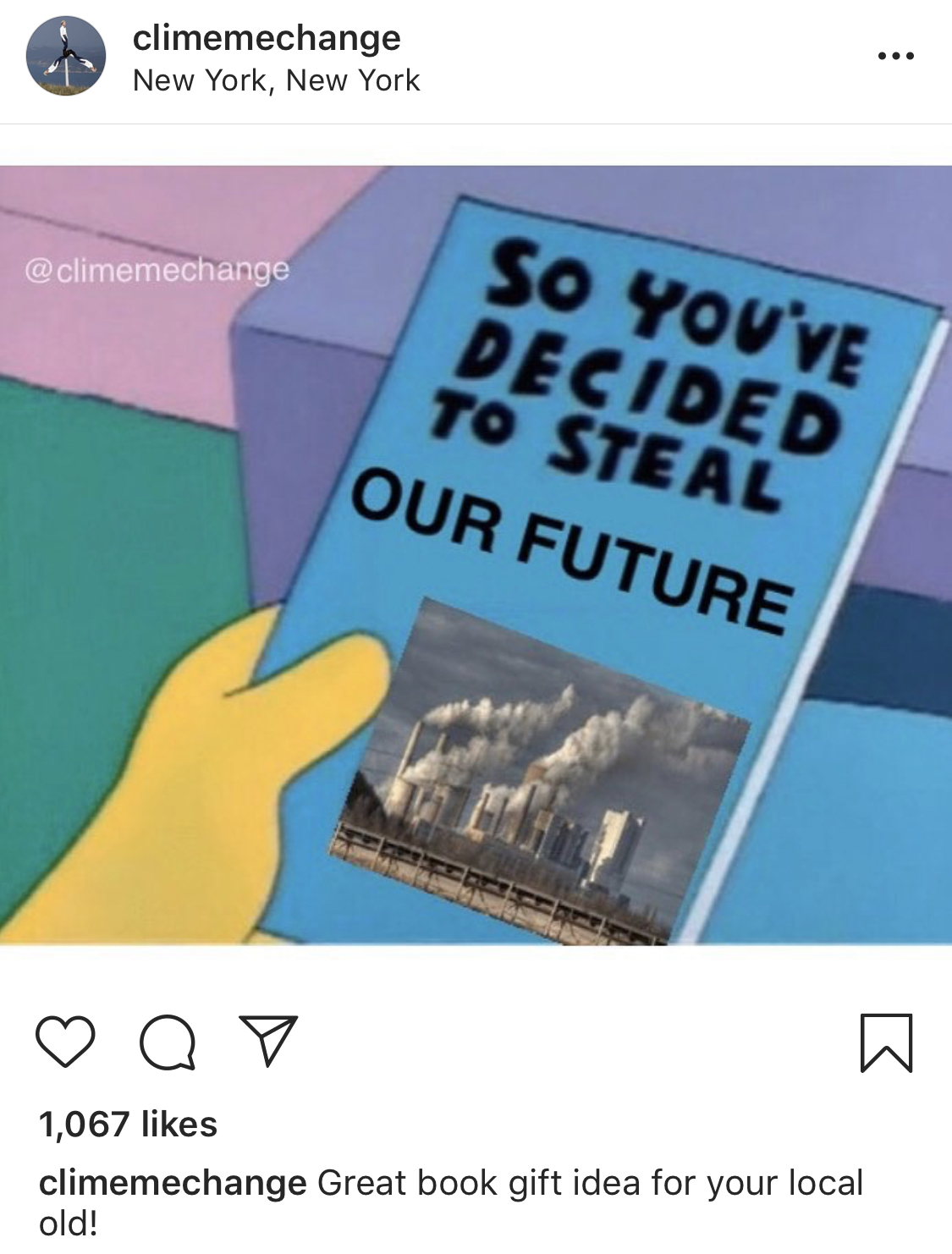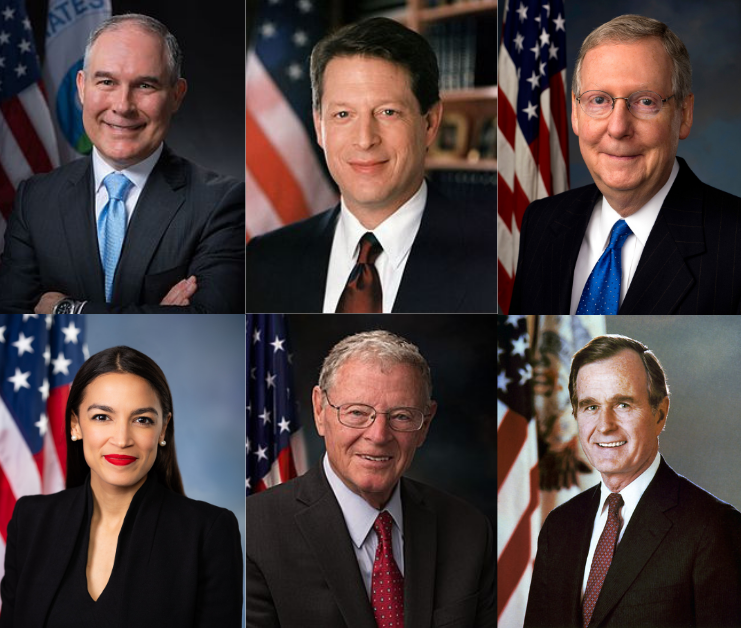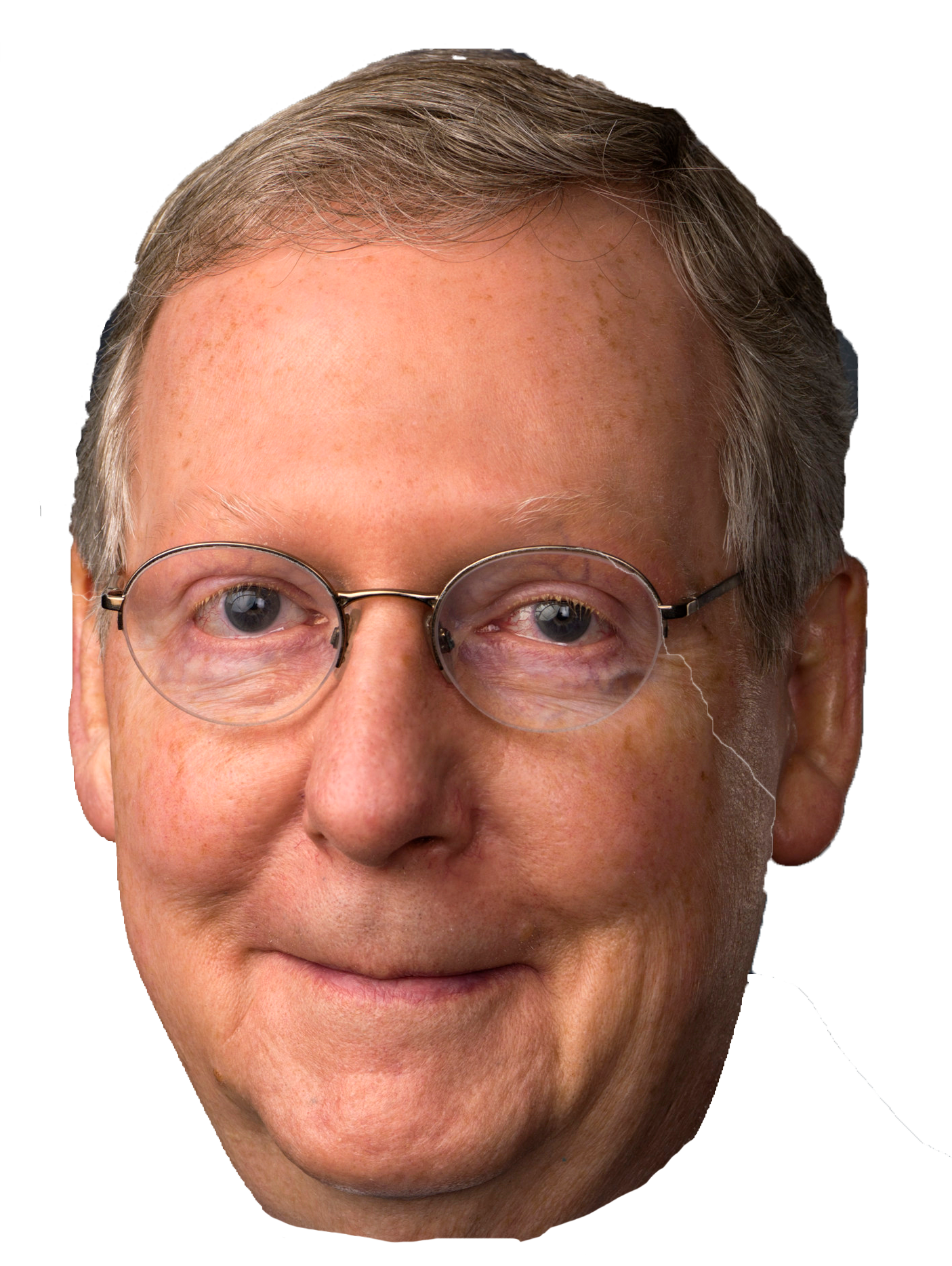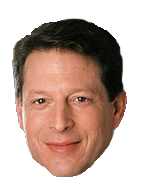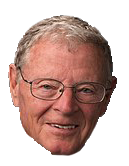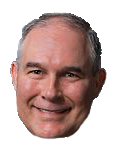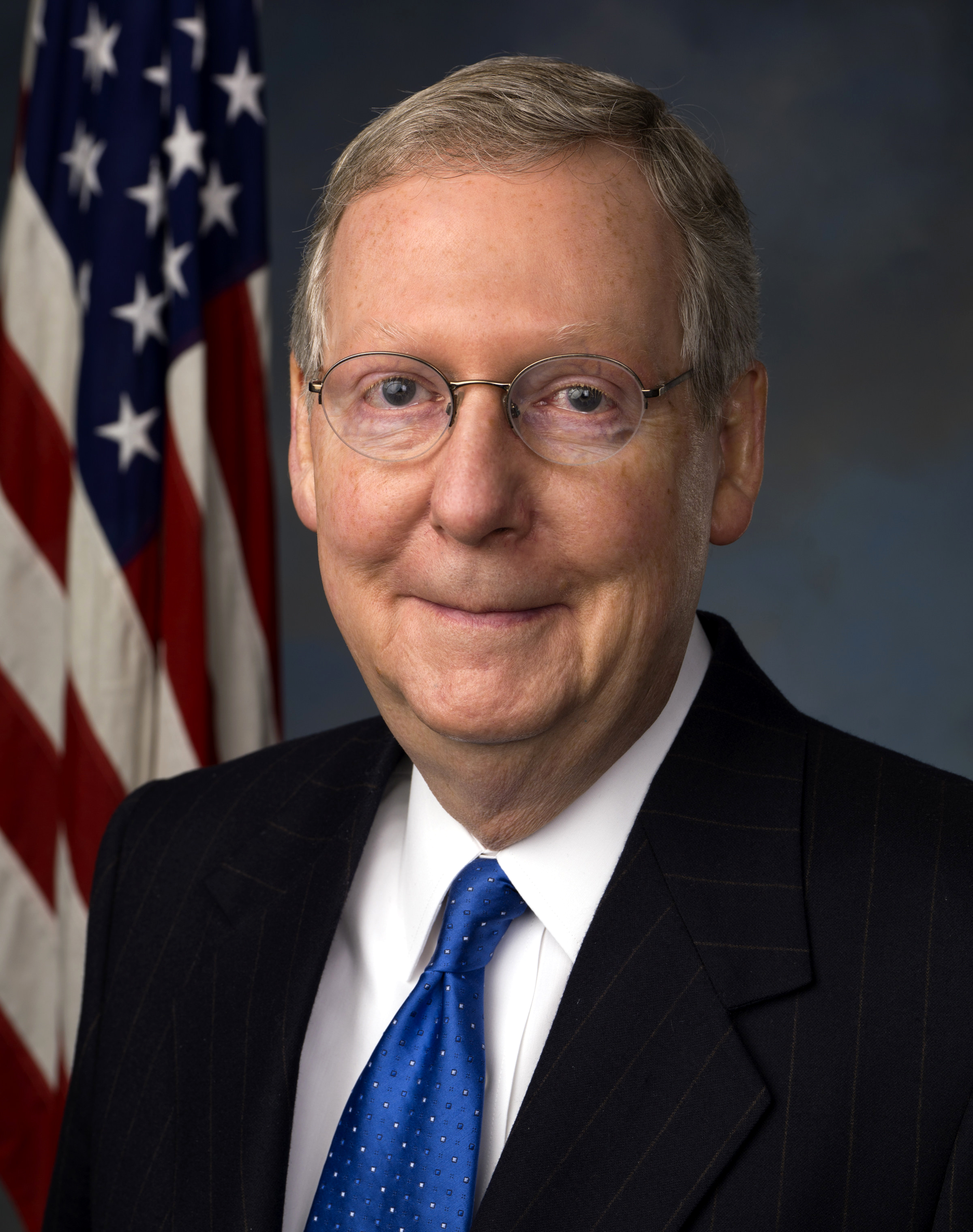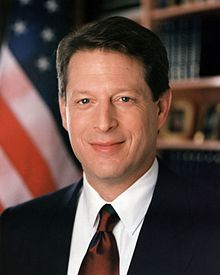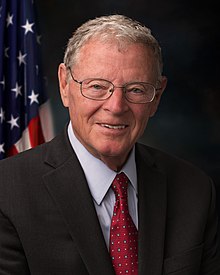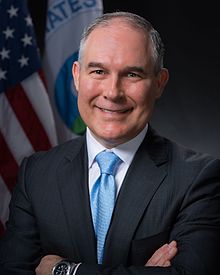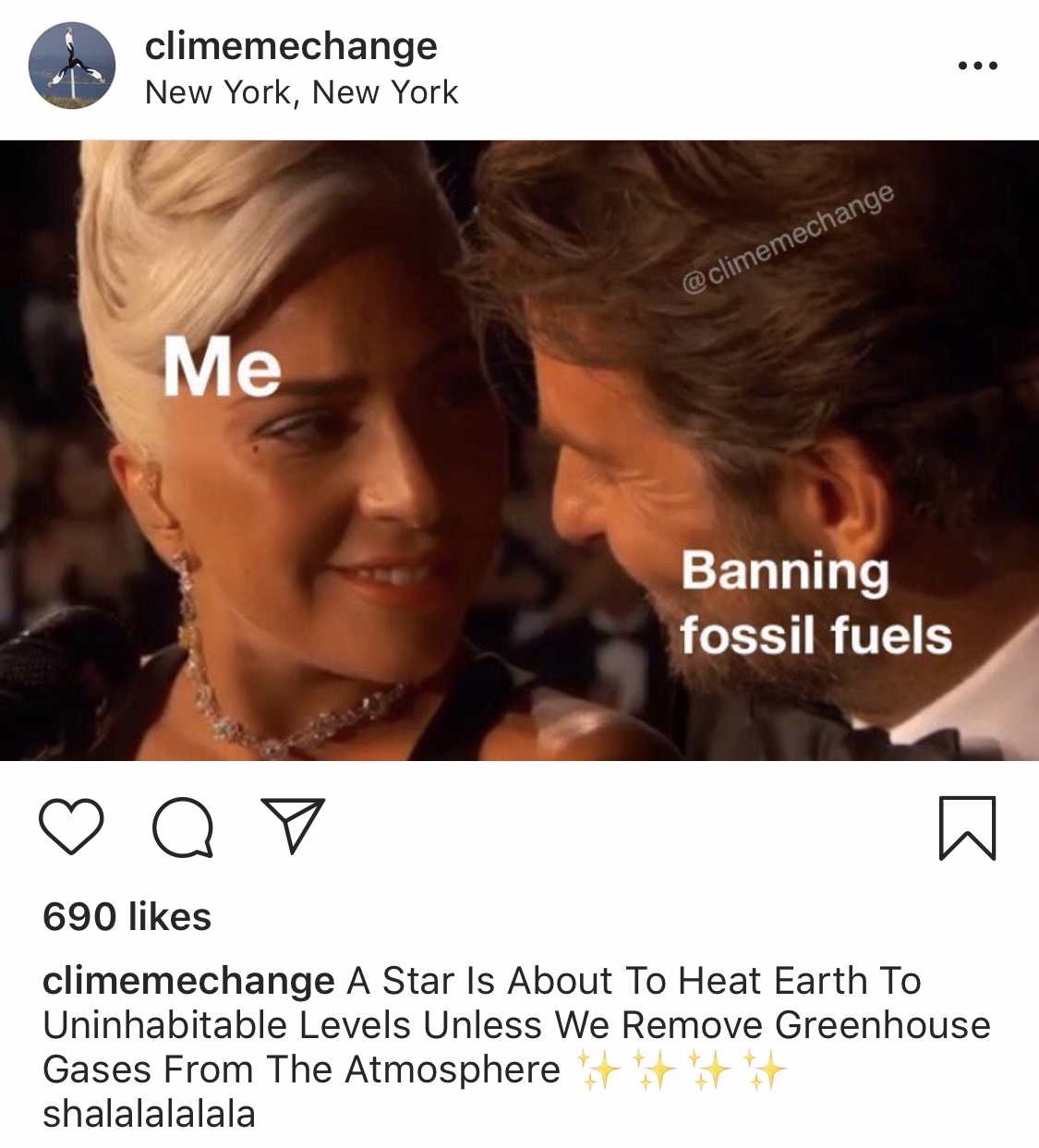Every morning, Sara Peach wakes up in her house in North Carolina. She gets out of bed, walks to the kitchen to make breakfast before sitting down in her living room. She turns on her computer and starts writing about the end of the world.
As she does, seas swell with water from rapidly melting ice caps. Swarms of mosquitoes swirl across the Mid-Atlantic states. Fires snap up parched foliage on the West Coast.
Temperatures Rising
But Peach isn't writing science fiction, or an article to collect virtual dust in the annals of some research publication. She writes an advice column for Yale
The queries span the dire, "Will there be famine?", the funny, "How do I talk about climate change at social gatherings? (without being a Debbie Downer)", and modern dilemmas, "I feel guilty about flying, but I have a sick relative and a wedding coming up. Help!"
Peach has thought a lot about how impactful the advice column format can be.
"The best ones teach you how to be a person in our culture," says Peach. "An advice column about climate change could help teach people how to, basically, operate in the world as the world is shifting around them."
And rather than going big picture about climate change when talking to her digital audience or during public speaking events in North Carolina, Peach goes small. Real small.
"I was able to pull up the data on the number of days that mosquito season has increased in my lifetime — and I don't want to get the stat wrong — I think it was something horrible like mosquito season is now 40 days longer than when I was born," says Peach. "And, like, I'm not that old."
Climate change means longer warm seasons — longer warm seasons mean more mosquitoes.
In Raleigh, North Carolina, for example, the 2015 mosquito season was 41 days longer than in 1970. That’s according to the climate change research group Climate Central. And in 2018, Climate Central published findings about the number of mosquito "disease danger days," temperatures that allow for the spread of mosquito-transmitted diseases.
There's logic behind Peach's method. "I remember reading this study when I was a graduate student. Scholars were able to show that when you said the words 'global warming,' the very first images that people would think of were things like melting ice," says Peach. "When you talk about an issue as something that is distant — maybe distant in time, like this is going to happen to our grandchildren, maybe it's distant in space like it's going to happen to other people around the world. When you talk about it in that way, Americans don't tend to prioritze it."
But by shifting the focus to the local, and even the hyper-local, "They actually do sit up and pay attention."
The advice column is pretty new, but Peach focuses on how readers can cope physically with upcoming changes and how they can prepare themselves, and their loved ones, for what's in store. Beyond the column, Peach helps produce Yale Climate Communications' 90-second radio segments that run during NPR's Morning Edition.
Peach's job, as a climatic
For the first time, interest in climate change communication had increased, significantly. And it seemed the environment had an unlikely friend to thank:
The problem dogging climate science communication for — the dearth of clear, defined villains — might be solved by Trump. His sweeping, often patently ignorant declarations about climate science, his pulling out of
Since President Trump was elected into office, public interest in climate science has risen dramatically, according to research conducted by Yale and George Mason Universities. The percentage of people who believed climate change existed rose 10 points to 73 percent; the percentage of people worried about climate change saw an even more dramatic, 17-point jump: from just over half of Americans to 69 percent.
In early February 2016, Maggie Koerth-Baker, a senior science writer at FiveThirtyEight, wrote about the Yale and George Mason data, noting that in addition to FiveThirtyEight, The Atlantic, BuzzFeed and Slate had also noticed recent upticks in the readership of their science coverage.
"We had not gotten a lot of traction on climate stories in the past," says Koerth-Baker. She hadn't noticed the increase in readership until The Atlantic's science editor Ross Andersen pointed it out. "Then we went back into our numbers and went, "Oh, that's there, too."
On the surface, the research is nothing new. Interest in climate change typically peaks during Republican administrations and dips during Democratic ones, according to researchers Erik Johnson and Philip Schwadel, who published their findings in the journal Social Forces. The pattern can be attributed to a variety of things, such as reactivity to more conservative politics, a general belief the government will do what needs to be done, and political polarization.
But the reason for the particular uptick since 2015 is very...Trumpian, says Susan Clayton, an environmental psychologist at the College of Wooster in Ohio. "One of the things about Trump is he really personalizes everything. Every issue, you're either with him or against him," she says. People who don't like the president to begin with know he's a climate change denier. "They're coming out more strongly in support of addressing the issue just as a way of expressing their dissatisfaction with him."
As more and more reports come out — from the Paris Climate Accord, or the Intergovernmental Panel on Climate Change — detailing the possible dangers ahead, a dip in public interest surrounding climate change after Trump leaves office could be disastrous. Because, basically, humans can't afford to be lax about climate change.
But as the Yale and George Mason data shows, people's interest and concern in climate change is holding. Whether it's an anti-Trump reaction or the power of social media, it might be possible to avoid the typical dip in interest as the window for change narrows.
Wait, What Happened?
Sometimes you just gotta back up and orient," says Laura Tenenbaum, a former
Tenenbaum realized this when she was teaching freshmen oceanography at Glendale Community College, before a role was created for her at JPL.
Because she would show maps of the oceans, Tenenbaum started big. "The students would not know what they're looking at, so I had to pull back and go, "This is a map of planet Earth. Here's California.""
Once you orient your audience, Tenenbaum says, "Now you can start talking." The majority of people are not scientists — they often don't know the lingo, the history or the stakes when it comes to climate change, because it's not their job to know that.
So here's the background.
On Christmas Eve, 1968, a photo was taken of Earth from space. Astronaut William Anders took the photo, called "Earthrise," during the Apollo 8 mission. Thirty-five years later, the nature photographer Galen Powell called it "the most influential environmental photograph ever taken."
A decade after "Earthrise" was taken, scientists discovered climate change.
Over the course of two years, 1977 and 1978, the
Carbon dioxide serves an important role in the Earth's atmosphere. It absorbs part of the sun's radiation, keeping the globe warm enough to sustain life. Without it, you'd be a popsicle. However, too much carbon dioxide keeps too much heat in the earth — i.e.
If that mark was hit, the global average temperature would rise by roughly 2.5 degrees Celsius.
It's difficult to put those numbers into context, so use the calculator below to see what happens with a half-degree increase does to the planet.

0°C
The JASONs acknowledged that the socioeconomic effects and consequences of such a doubling were unknown. But even in 1979, the group argued that water availability, agricultural production and sea level changes were likely.
On February 12, 1979, the first "World Climate Conference" met in Geneva. It was one of the first major international congregations on climate change. Among other things, the conference led to the genesis of the Intergovernmental Panel on Climate Change, which would go on to publish climate assessments that remain today a pivotal part of climate change awareness.
The first conference set the groundwork for looking into climate variability, climate topics and potential impacts. It sought to understand the science surrounding climate change. Later that summer, meteorologist Jule Charney, along with a team of scientists, published the Charney report. The assessment estimated the "most probable global warming for a doubling of CO2" would be around three degrees Celsius.
Most changes in tracking temperatures are measured against the "pre-industrial average." That refers to the average global temperature before the Industrial Revolution began burning fossil fuels (the mid- to late- 1800s) in earnest.
And fossil fuels are, coolly, exactly that: fuel that's created from the slow fossilization of once-living organisms, turning that carbon into fuel. Despite the fact that they are technically organic, fossil fuels are categorized as "non-renewable" because they're created over the course of millions of years. Renewable energy sources are usually typified as coming from wind, solar or water.
In 1981, James Hansen, the second director of NASA's Goddard Institute of Space Studies (GISS), published the institute's first global temperature analysis. But the data, instead of publishing the year's global average temperature, shows the temperature anomalies each year, against a base period of 1950 to 1980.
"It turns out that the correlation of anomalies across hundreds of kilometers is very strong," says Gavin Schmidt, GISS's current director who took over from Hansen in 2014. "So I can predict that, you know, if Los Angeles going to have an above-normal day then so San Diego and so is Monterey."
The "absolute temperatures" have a stronger
Between 1880 and 1950, the deviations largely stayed the same — trending upwards slightly but maintaining a steady course. However, from 1951 onward, the anomalies grew wider, hotter and longer.
Hot Air
Federal organizations like GISS are facing unprecedented difficulties as agents of the government's top offices openly contradict climate research.
The former head of the Environmental Protection Agency, Scott Pruitt, flat-out denied carbon's effect as an atmospheric warmer — antithetical to
Despite open attacks on government agencies by its highest office, Schmidt doesn't feel the integrity of GISS has been undermined.
"In terms of our credibility, as the federal government? No," says Schmidt. "The federal government is bigger than any one person.
But Clayton points out that conflicting messages can be disorienting for the general public. "It undermines objective reality for people," says Clayton, though she cautions she doesn't have data to back up that assessment. "People just think, ‘Well one branch of government says this and one branch of government says that; so I can basically pick and choose.'" As opposed to, Clayton continues, "one of them is right and one of them is wrong."
At an early April Republican fundraiser, the president railed against windmills, citing the devaluing of property, wind energy's supposed inadequacy and, without evidence, claiming the noise
Trump's attacks on climate science come frequently through Twitter, often abrupt and nonsensical. When Senator Amy Klobuchar (D-Minn.) announced her campaign for the 2020 presidency, Trump derided her for talking about climate change while standing in "a virtual blizzard of snow, ice and freezing temperatures." During a intense cold spell in early 2019, he tweeted, "What the hell is going on with Global Waming [sic]? Please come back fast, we need you!"
Instead of relying on highfalutin research publications, some opponents of Trump's climate denial are meeting him on his level, bringing climate science to a social audience. Forget fire with fire; fight meme with meme.
'Climate Change Memes' (@ClimemeChange), one of the larger climate meme accounts on Instagram, publishes topical memes — a combination of caustic humor and trending, pop culture images — that frequently lampoon climate change deniers and governmental inaction.
That memeification is part of a larger industry, reaching an entirely different audience from Peach's or Tenenbaum's or Schmidt's.
When @ClimemeChange started, he didn't want only climate change activists and scientists to view his page; he didn't want to preach to the choir. Instead, he tried to focus on reaching people who might normally never think about global warming.
"I really wanted people who are just normal, average, everyday people who are scrolling through Instagram, looking at their ex-girlfriend's butt or, like, someone's eggs Benedict," @Climeme says, "and for two seconds, they scroll through something about climate change."
The person behind @ClimemeChange works in the sustainable energy space but prefers to remain anonymous, because making memes is more passion project than anything else. @Climeme thoroughly researches the information for his memes, and ends up as a font of scientific knowledge for his followers.
"I'm not like a leading expert in the world, I'm just someone who knows a decent amount," says @Climeme. "I take it seriously and I want to make sure I'm giving them the right answers."
Are We Doomed?
Yes, lol.
Just kidding!
Despite the seemingly dire straits, there's reason to have hope for the future.
In a Niskanen Center research paper, University of Maryland professor David Karol argued that heading into the future, partisan polarization around climate change will, and must, dissolve.
"Republican support is heavily concentrated in shrinking demographics: older and evangelical whites," Karol wrote. While he cautioned that there is no guarantee the GOP will turn to the environment, "if they are to remain electorally competitive over the long run, they will eventually have to make some changes."
And for younger voters, even Republican ones, the environment is a key issue. "Younger people's longer time horizon gives them more reason to worry about the future," Karol argued. They also were raised in a time where climate change was widely discussed.
A May 2018 Pew Research study found that 18 percent of Republicans, baby boomers and upwards, believed that the earth was warming due to human activity. When the study asked the same of millennial Republicans, the percentage doubled. The study found that, on the whole, younger Republicans were more likely to favor renewable forms of energy — solar, wind — than coal-, oil- and gas-derived methods.
Across the political divide, millennials and Generation Z are more likely than previous generations to believe that climate change is linked to human activity.
Ahead of the 2020 presidential election, Democratic candidates are making climate change an early, prominent talking point. Gov. Jay Inslee of Washington even made his campaign entirely centered on combating climate change.
The Yale Program on Climate Communication found that the Green New Deal — the wide-spanning resolution championed by freshman Rep. Alexandria Ocasio-Cortez — had strong, bipartisan support. The deal proposed a framework for phasing out reliance on fossil fuels, in addition to increasing clean energy jobs, over ten years.
I also asked almost everyone I interviewed if they ever got depressed by immersing themselves in their work — whether that's the actual science, the communication or the psychology.
Because, as I prefaced the question, I was.
But despite having every reason to be bogged down, their answers trended towards the light. "When people bullshit, that depresses me," says Schmidt. "But then I see people who are, you know, genuinely authentic. People can be moved by plain speaking and honesty. And so that gives me hope."
Peach's colleagues found through their research that there was a significant portion of the public who believe climate change was real and a problem, but that also believed it was too late to do anything. So in Yale Climate Communications' radio program, they target a portion of their stories towards that audience. "Those stories are about individuals, at all levels of society, who are using whatever power they have available to them to try to make a change."
Empowering people, rather than inundating them with information, proved to be more effective in getting people to address climate change. "Avoiding the negative information is not as important as preparing yourself to deal with it, in order to avoid that feeling of being overwhelmed," advises Clayton.
"If you focus on the local impacts," she adds, "you might be able to think about things that you can do to address them, and even mitigate them."
